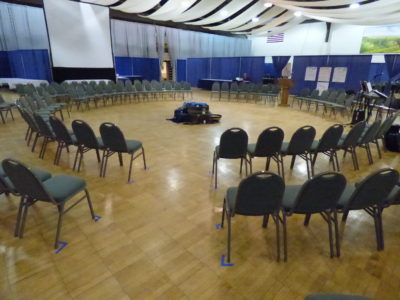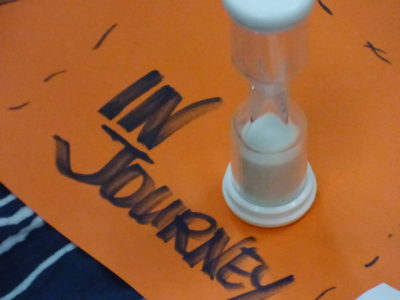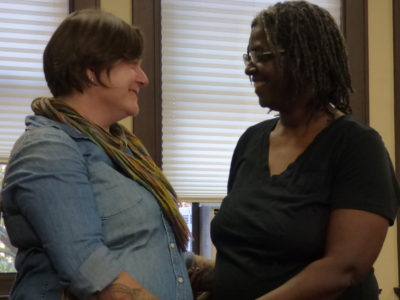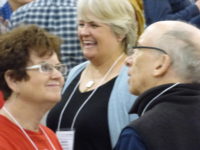
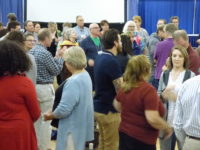
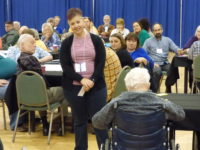
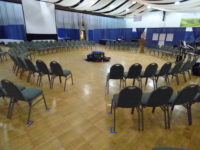
I’ve been in many conversations over the years with my United Church of Christ friends about their annual meetings. The first was with two people who would become my dear friends and colleagues, Glen Brown and Erin Gilmore. That was 2010 working with the Rocky Mountain Conference. We re-designed annual meeting to hold it in a participative format, helping them to turn to one another in connection and learning. It’s different than a keynote, albeit a good one, that so often can default to very passive participation and little connection with one another.
My most recent effort with UCC annual meeting has been with the Central Pacific Conference. Like Glen and Erin, some key people have become my dear friends and colleagues — Sara Rosenau, Kelly Ryan, Gayle Dee, Jennifer Seaich, Adam Hange, Alison Killeen, Kristina Martin, and Jonathan Morgan among them. Last year was our first effort, which created some real momentum. This year, built upon that to help establish a shift in norm of how annual meeting happens. It’s not rows of chairs facing the front. It’s a circle (actually two and three layers deep). It’s not large tables that seat ten. It’s small tables for four and five, close enough to connect with each other. It’s not a keynote person for expertise. It’s creating the conditions for the expertise already present to emerge from the group.
In each of the teams I’ve worked with, inevitably, we find ourselves needing to explore the deep purpose of what annual meeting is. I love this curiosity together. It’s essential. It helps us shift from “just a meeting, let’s get it done” to a more deeply centered intention.
The narrative I found this year, that I was able to share included four essential intentions. Within each of those are expressions or values that are about the health of this group of people, leaders, delegates, and curious onlookers.
- Sharing the State of the Conference — This is often offered by the Conference Minister and / or the Moderator. It’s not just a speech. It’s a time to share story and welcome people further into the story of how they are evolving as a group and as a body. It’s a time to further give attention to their core identity that grounds them and informs them well beyond words.
- Community — People are so hungry to feel community together in this once per year gathering. It’s one of the main reasons that I’ve been invited to help design participative format. People want some deliberateness together that has them in intentional connection. It means that our design for engagement encourages friendship, inquiry, play, connection, music, prayer, imagination, and action.
- Business — One of the reasons that this meeting happens is so that the group can conduct its business together, through a group of delegates, to work as a body and system, not just individuals. I’m aware of the stories — well-intended business meetings that take half of the time together (4-8 hours) and reduce people to very passive listening to reports or to contentious decision making nested within rules of order that are often void of more intimate learning together. The business meeting matters. For budgets. For nominations. For resolutions of collection action and intention. However, what I encouraged is that business meeting is about democracy, transparency, and gaining broad perspective — all dynamics that are being very challenged these days. Participative leadership supports these desires.
- Spirit — Of course people are there to feel a sense of communal spirit. To be in relationship with the invisible, the holy, and a grounding in Christian history and narrative. People come together to practice presence and to remember what that feels like. In this CPC meeting, our theme was about going to the edge and going to the well. It was great to feel those doorways in to feeling spirit.
Many meetings lose sight of purpose. Most of us, even the best, have defaulted to planning intricate details, but often, sadly, removed from the deeper purpose of things. I was glad to share the above with the group of 120 from CPC. To remind us and to invite our connection to purpose that by far transcends a Webster definition of “meeting.” What a privilege to be in the redefining and in the shared practice together.
And, just compiled by the UCC people, here’s a fun slideshow to get a glimpse of what it looked like, this participative form of annual meeting.

